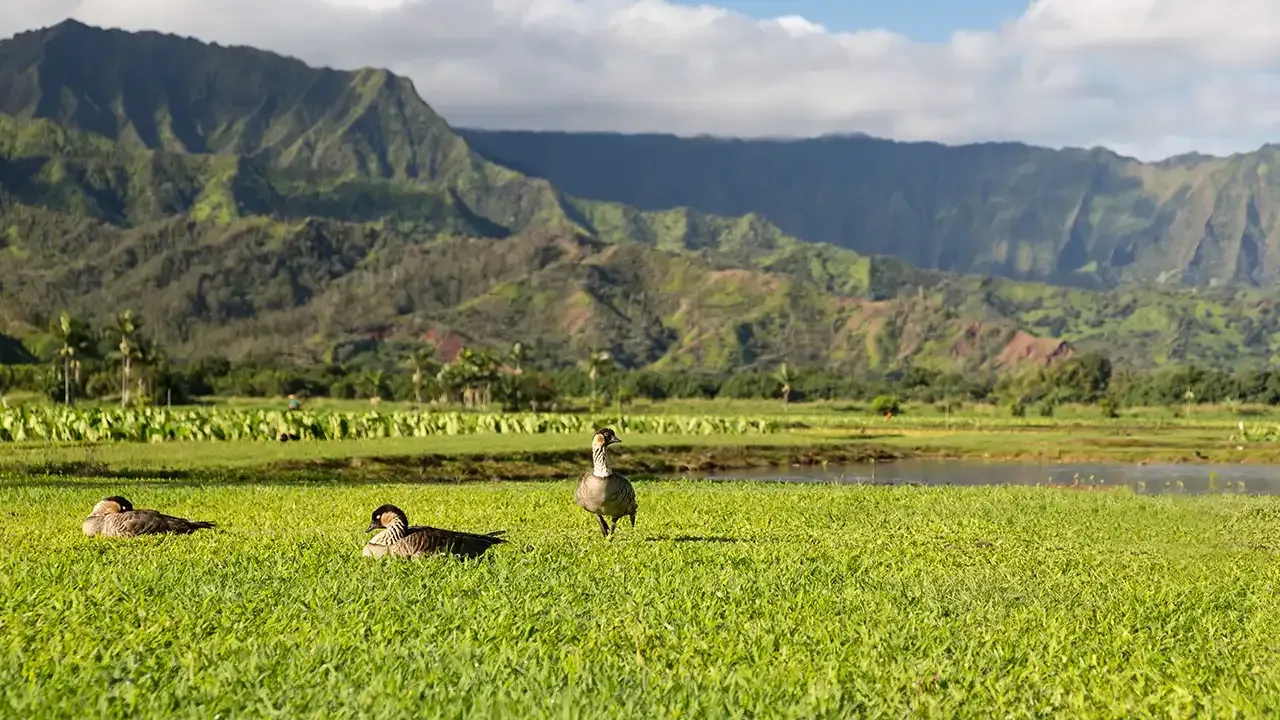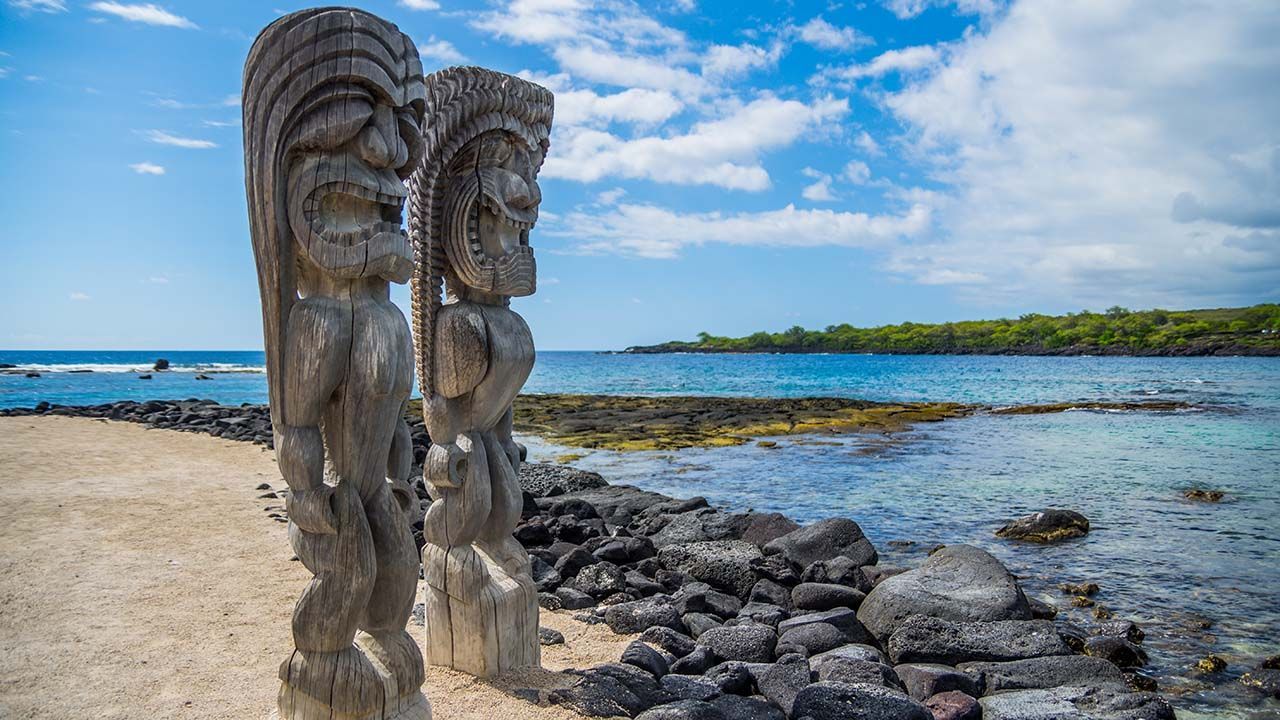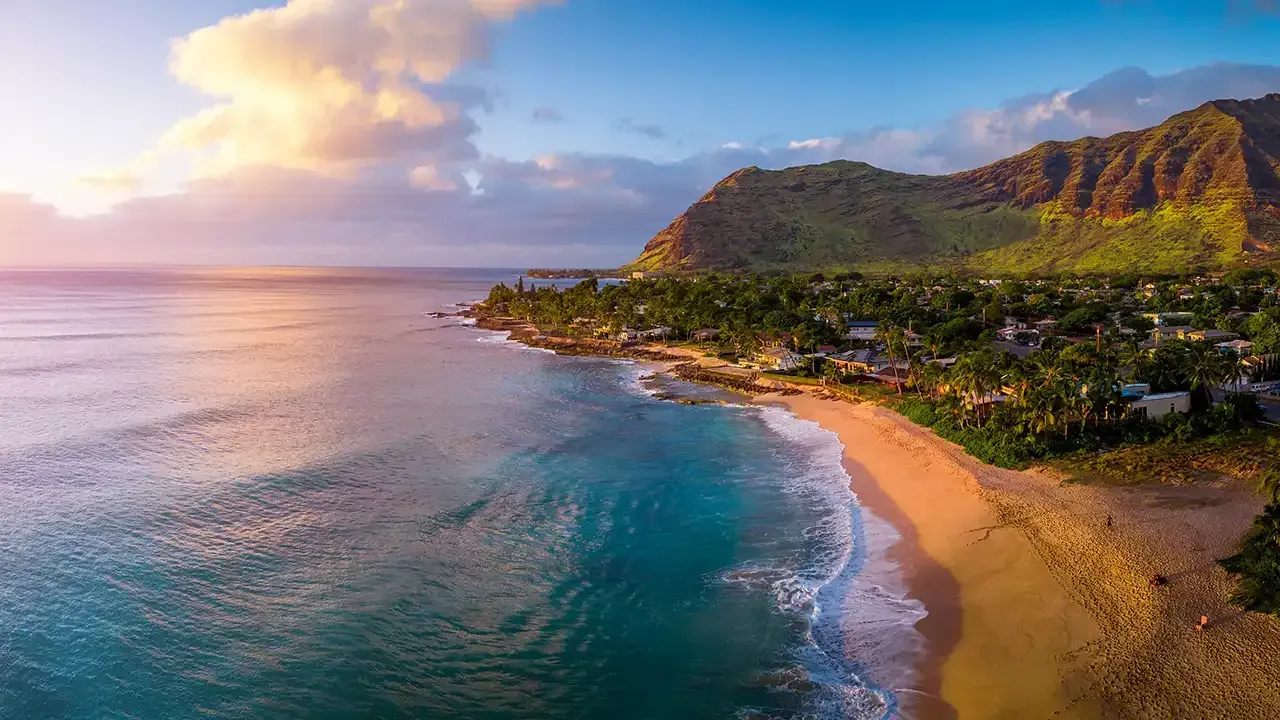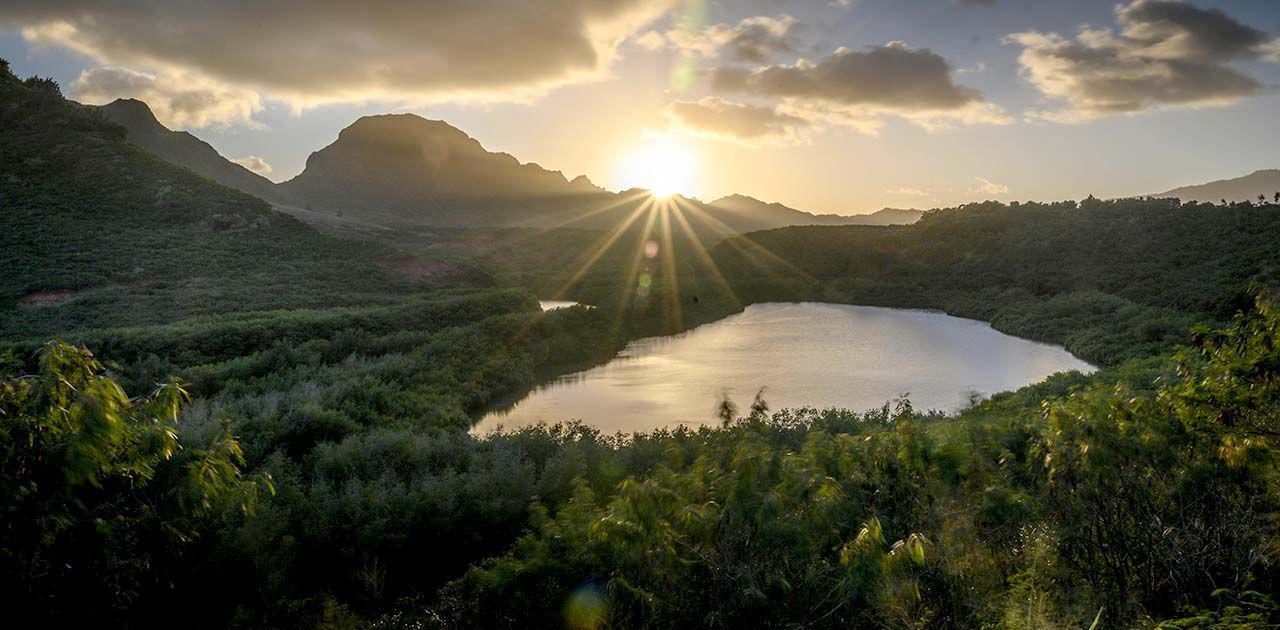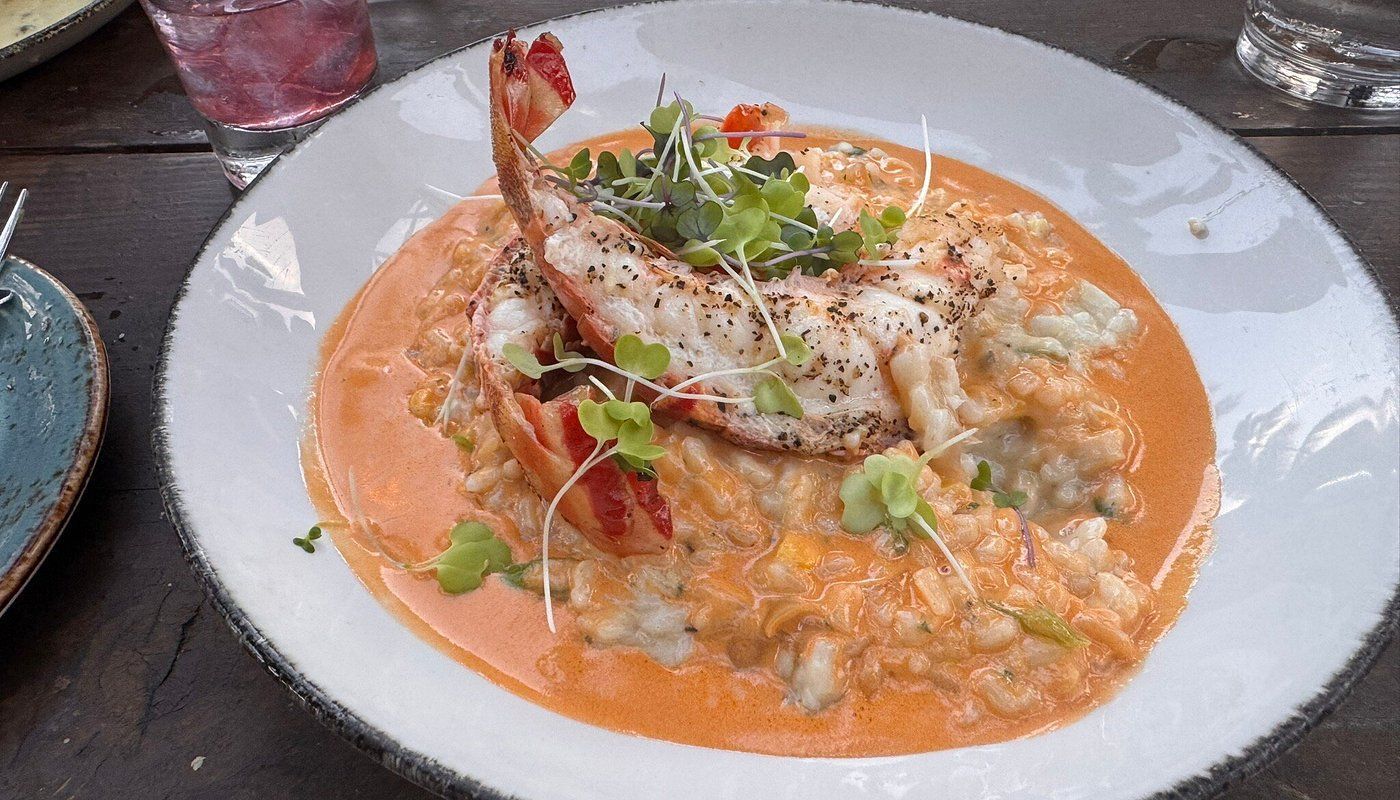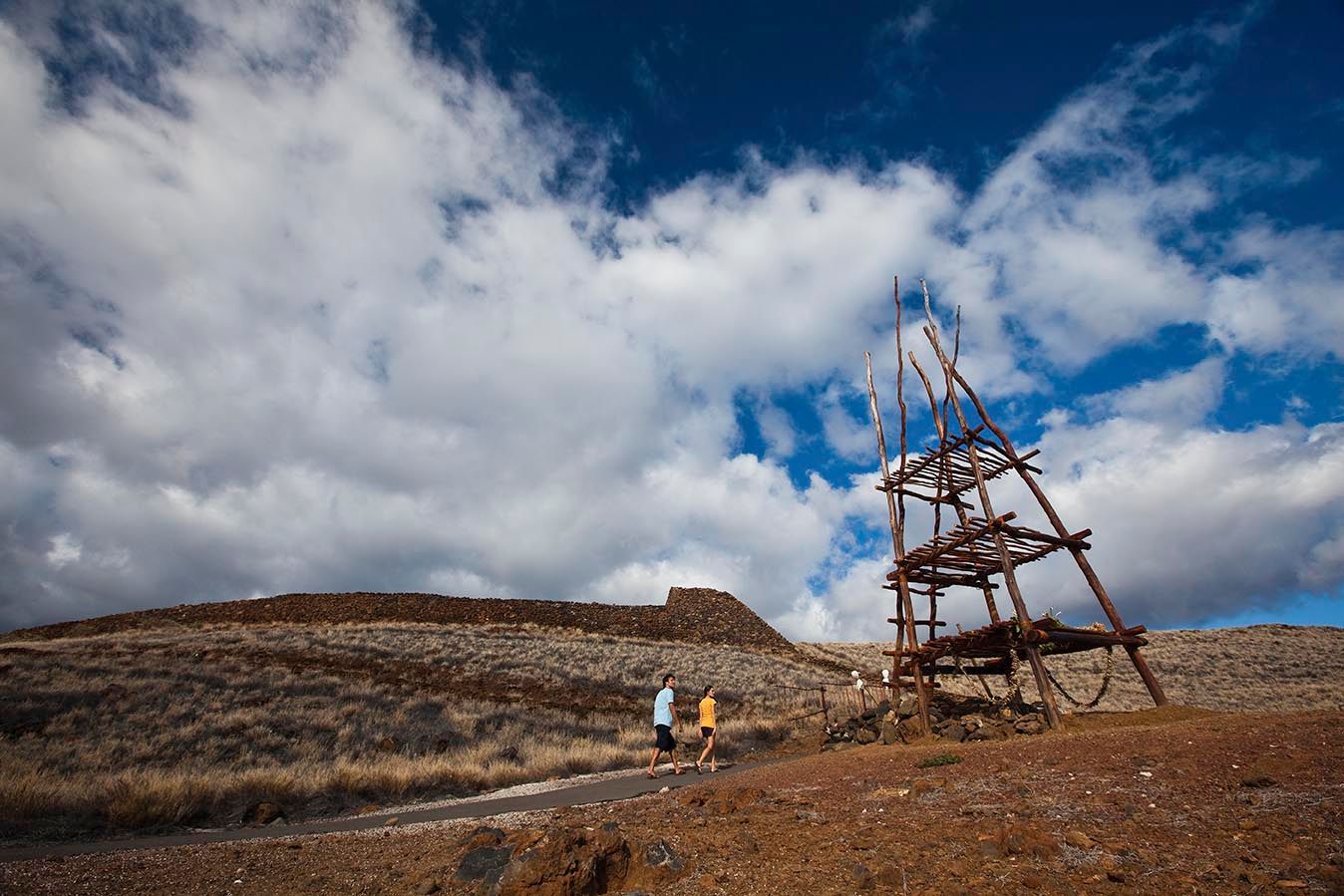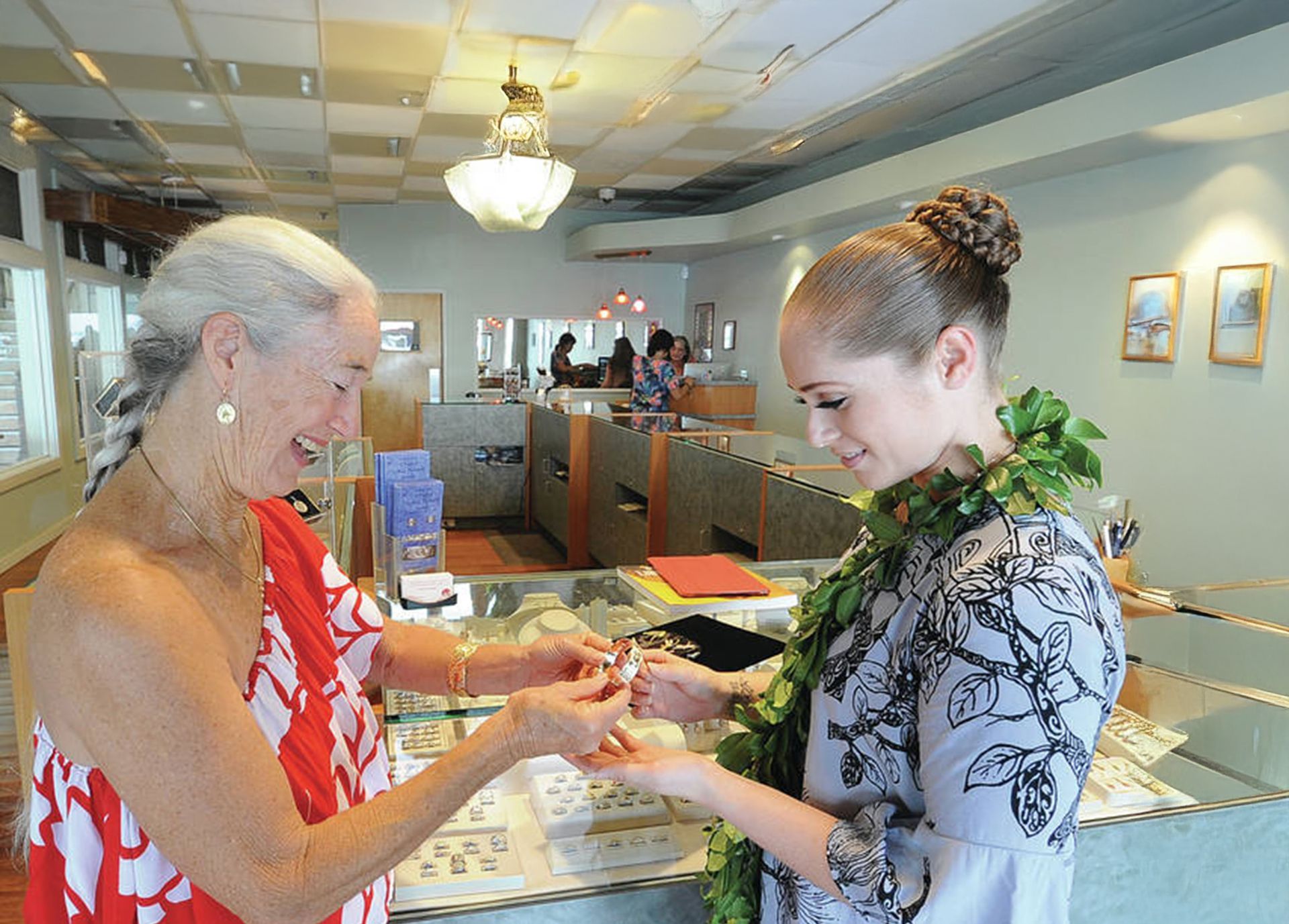Hawaii Travel Requirements & Restrictions
Hawai‘i’s breathtaking beaches, lush rainforests, and rich cultural traditions make it one of the most sought-after vacation destinations in the world. But before you pack your bags and book that long-awaited trip, it’s essential to understand the current travel requirements and restrictions for visiting the Hawaiian Islands.
This comprehensive guide will walk you through everything you need to know about traveling to Hawaii in 2025, including passport and ID rules, airline requirements, health-related protocols, inter-island travel, and tips for a stress-free island getaway.
Do You Need a Passport to Travel to Hawaii?
Hawaii is a U.S. state, which means:
- U.S. citizens do not need a passport to travel to Hawaii from the mainland or any other U.S. territory.
- A government-issued photo ID, such as a driver’s license or military ID, is sufficient for TSA security checkpoints at airports.
- However, starting May 7, 2025, the REAL ID Act will be enforced. Travelers flying domestically, including to Hawaii, will need a REAL ID-compliant driver’s license or another accepted form of ID, such as a passport or military ID. Look for a star in the top right corner of your ID to confirm compliance.
If you're visiting Hawaii from an international location, such as Canada, Japan, Australia, or Europe:
- You will need a valid passport.
- Depending on your country of origin, a visa or ESTA authorization (for Visa Waiver Program countries) may also be required.
Current COVID-19 Travel Requirements for Hawaii
As of 2025, all COVID-19-related travel restrictions have been lifted for domestic and international travelers visiting Hawaii. This includes:
- No vaccination or testing requirements
- No mandatory quarantine
- No mask mandates in public spaces (though individual businesses may still have policies)
That said, travelers are encouraged to practice common-sense health and hygiene precautions. If you're feeling unwell or have been recently exposed to someone with a contagious illness, it's best to postpone your travel plans.
Some airlines may continue to require or recommend face coverings on certain international routes, so check with your airline in advance.
Inter-Island Travel Rules
Inter-island travel in Hawaii is easy and unrestricted. You can freely fly or ferry between islands like Oʻahu, Maui, Kauaʻi, and the Big Island without special documentation or health screenings.
Here are a few tips:
- Book inter-island flights early, especially during peak travel seasons (summer, winter holidays).
- Hawaiian Airlines, Southwest, and Mokulele Airlines offer regular flights between islands.
- While there are no vaccination or testing requirements, expect standard airport security procedures and baggage policies.
Hawaii Agricultural Restrictions: What You Can and Can’t Bring
Hawaii is home to a fragile ecosystem and agriculture industry. To protect native plants, animals, and crops, the state enforces strict biosecurity rules.
At Arrival:
- When flying to Hawaii, you must declare any plants, fruits, vegetables, or animals you’re carrying.
- Prohibited items include:
- Fresh fruits and vegetables not certified by agricultural inspection
- Soil or live insects
- Certain plants and seeds
At Departure:
- If you're hoping to bring home a pineapple or lei, look for agriculturally inspected and certified items at the airport.
- Shells, lava rocks, and sand should not be taken from beaches or parks—both for ecological and cultural reasons.
Hawaii Agricultural Restrictions: What You Can and Can’t Bring
Hawaii is home to a fragile ecosystem and agriculture industry. To protect native plants, animals, and crops, the state enforces strict biosecurity rules.
At Arrival:
- When flying to Hawaii, you must declare any plants, fruits, vegetables, or animals you’re carrying.
- Prohibited items include:
- Fresh fruits and vegetables not certified by agricultural inspection
- Soil or live insects
- Certain plants and seeds
At Departure:
- If you're hoping to bring home a pineapple or lei, look for agriculturally inspected and certified items at the airport.
- Shells, lava rocks, and sand should not be taken from beaches or parks—both for ecological and cultural reasons.
Customs Rules for International Visitors
If you're flying to Hawaii from another country, you'll go through U.S. Customs and Border Protection (CBP) at your first port of entry.
Here's what international travelers should know:
- Declare all food, plants, alcohol, and currency exceeding $10,000.
- Most visitors will clear customs at their first U.S. airport (e.g., LAX or SFO) before boarding their flight to Hawaii.
- If your first arrival point is Honolulu International Airport (HNL), prepare for customs and immigration screening there.
Are There Any Travel Restrictions for Rental Cars?
Rental car availability in Hawaii can fluctuate, especially during high-demand seasons. While there are no restrictions on who can rent a car, here are a few key points:
- You must be at least 21 years old (some agencies require renters to be 25+ for certain vehicles).
- A valid driver's license and major credit card are typically required.
- International visitors may use a foreign driver’s license for up to one year, but an International Driving Permit (IDP) is recommended if the license is not in English.
Many visitors opt for alternate transportation like shuttles, tour buses, or rideshare apps, especially in popular areas like Waikīkī.
Occasional Volcanic Travel Disruptions
Hawai‘i is a geologically active state, particularly on the Big Island, where volcanoes like Kīlauea and Mauna Loa are closely monitored. While eruptions are generally localized and infrequent, travelers should be aware of potential volcanic travel disruptions.
What to Know:
- Air quality can be impacted by volcanic smog (vog), which may affect those with respiratory conditions.
- Lava flows or eruptions can occasionally lead to road closures, park restrictions, or flight delays near affected areas.
- Most eruptions occur within Hawai‘i Volcanoes National Park, which has clear safety protocols in place and frequently updates its accessibility status.
Travelers should:
- Stay informed by checking alerts from the Hawai‘i Emergency Management Agency (HI-EMA) and USGS Volcano Hazards Program.
- Follow all park ranger instructions when visiting active volcanic areas.
- Avoid venturing into restricted zones for photography or lava viewing, even if it appears safe.
While the vast majority of Hawaii remains unaffected during volcanic activity, it's wise to have some flexibility in your travel plans if you're visiting the Big Island.
Tips for a Smooth Travel Experience
To make your Hawaii trip as seamless and enjoyable as possible, keep these travel tips in mind:
1. Book Early During Peak Seasons
Hawaii is popular year-round, but peak seasons like summer (June–August) and winter holidays (December–January) fill up quickly. Flights, accommodations, and rental cars can become scarce or expensive.
2. Respect Local Customs and Culture
Be aware of Native Hawaiian cultural practices, sacred sites (like heiau and burial grounds), and local etiquette. The spirit of aloha extends to showing respect for people, the land, and traditions.
3. Understand Weather & Natural Hazards
Each island has its own climate. Always check local forecasts, surf advisories, and hiking trail conditions, especially during the rainy season (November–March) or during hurricane season (June–November).
4. Be Mindful of Marine Life Laws
Hawaii has strict rules protecting marine animals. It is illegal to touch, harass, or feed sea turtles, monk seals, and dolphins. Keep a respectful distance—at least 10 feet for turtles and 50 feet for seals.
FAQs About Traveling to Hawaii
Q: Do I need travel insurance to visit Hawaii?
While not required, travel insurance is highly recommended, especially for trip cancellations, medical emergencies, or unexpected delays.
Q: Is there a tourist tax or entry fee?
There’s no entry fee for Hawaii itself, but some attractions and parks charge access or parking fees. As of 2025, there is also talk of implementing a state-wide visitor impact fee, but legislation is still pending.
Q: Can I bring my pet to Hawaii?
Yes, but Hawaii has strict animal quarantine laws to prevent the spread of rabies. Pets may need to undergo inspection or quarantine unless they qualify for the 5-Day-or-Less or Direct Airport Release program. Visit the Hawai‘i Department of Agriculture website for full details.
Q: Are there travel restrictions due to volcanic activity?
`Most of the time, no. Volcanic activity is monitored closely, especially on the Big Island. Areas near Kīlauea and Mauna Loa are usually safe for tourism unless an eruption or hazardous air quality event occurs. Always follow local advisories.
Important Contacts & Resources
Before you travel, bookmark these helpful resources for up-to-date information:
- Hawai‘i Tourism Authority
- Hawai‘i Department of Health
- U.S. TSA Travel Requirements
- National Park Service - Hawai‘i Volcanoes
- Honolulu International Airport
- Hawai‘i Department of Agriculture – Animal Quarantine
- USGS Volcano Hazards Program – Hawaii
Final Thoughts
Planning a trip to Hawaii in 2025 is more exciting and accessible than ever. With most pandemic-related restrictions behind us, visitors can focus on the fun parts of vacation planning—exploring waterfalls, catching island sunsets, and soaking in the aloha spirit.
By staying informed about Hawaii’s travel requirements and respecting its local guidelines, you'll ensure a smooth, respectful, and memorable visit to one of the most beautiful places on Earth.

